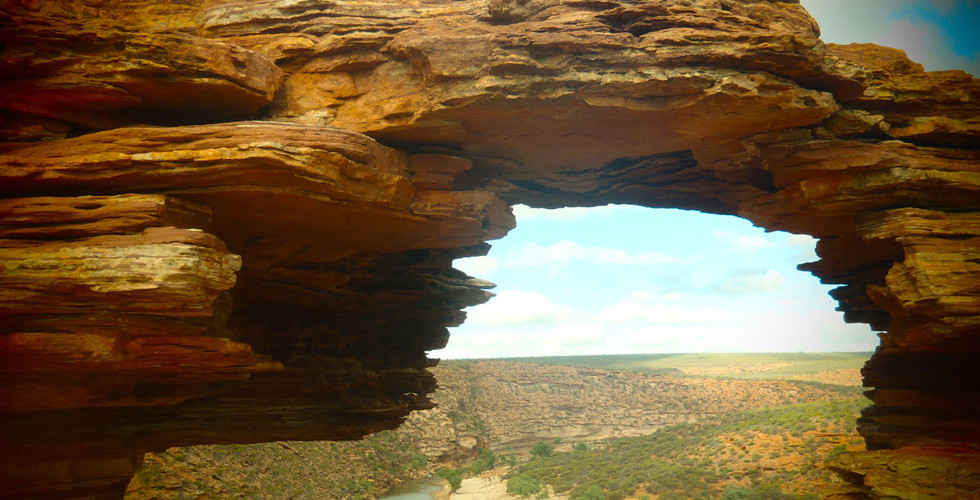Caring for Opals
- May 7, 2020
- 3 min read
Updated: Feb 23, 2021

TWO RINGS - Commission using Customers own Opals
Black Opal, 9ct Yellow Gold (left), White Opal, 9ct Rose Gold (right)
If you follow my social media you may have seen this double commission that I finished recently. I designed these two rings, using the customers own Opals, bought in Australia, as inspiration. There has been a lot of interest in the opals since, and they're a really lovely stone to work with, so I thought I would tell you a little bit about Opals and how to care for them. . . .
How is an Opal made?
Opals are most commonly found in Australia, this is because when Australia formed as a continent it was covered by a great inland sea, which laid down layers of sediment. As the sea subsided, little deposits of silica (SiO2, or in other words, quartz), filled in the small cracks and crevices that were created as the bed of the sea dried out.
Opal is a hydrated amorphous form of silica, which means it is made up of a mixture of silica and water. Compressed over time, these silica deposits became harder in the same way that other sedimentary rocks are formed. An average Australian opal contains between 5 and 6 percent of water and it is full of silica spheres which give the opal its rainbow colours.
Why choose Opals?
For this commission the customer chose Opals as a reminder of her trip to Australia. Returning with a precious stone bought while abroad can be a nice way to create memories and support the local economy. However you can also contact your local / favourite jeweller and ask them to source an Opal on your behalf.
I particularly love working with Opals because it reminds me of my time spent studying in Perth WA, on a placement from my jewellery degree. While I was there I fell in love with the landscape. The vastness of the dusty, red plateau makes it easy to imagine you're standing on the bottom of that ancient, inland lake. There's something about the heat and the colours of the rocky landscape that the iridescence of an Opal manages to capture and I love trying to translate this into my work.
Landscapes taken during my time studying abroad, Australia, 2011
Opals come in Different Colours
There are two broad classes of opal: precious and common.
A Precious Opal displays a play-of-colour or iridescence. Which is the colour change you see as the opal catches the light. The Common Opal does not do this.
Depending on the conditions in which it formed, opal may be transparent, translucent or opaque and the background colour may be white, black or nearly any colour of the visual spectrum. Australia has three different distinct areas that lie along the site of the ‘Great Inland Sea’, or ‘Great Artesian Basin’. These areas produce different types of Opals: the White, or Milky Opal is found in South Australia, Lightning Ridge produces the Black Opal and the Boulder Opal is found in Queensland.
How do you look after Opals?
General tips for looking after your opal jewellery are similar to looking after most of your other jewellery. . .
Do
Use an old, soft toothbrush and some warm soapy water to clean your jewellery. You do not need to soak your opal but you can give it a light clean with a brush, some washing up liquid and warm water. An old toothbrush is particularly useful to get rid of any dirt that may have lodged itself in the texture of your piece.
Polish using a polishing cloth.
Avoid
Ultrasonic Cleaners - Using an ultrasonic to clean your jewellery can damage your opal. Opals have delicate fracture planes that run through the stone and are too delicate for the sound waves or the heat put out by ultrasonic cleaners.
Silver dip or anything similar. The chemicals in these polishing compounds may be too harsh and damage your opal.
If you would like further information about caring for different types of jewellery, please visit my Jewellery Care page.
If you would like to get a quote for a commission of your own, you can get in touch with me by filling out the Bespoke Form on my website, or email me at: info@emmawylie.co.uk


















Comments